An Unexpected Connection Between Networked Geothermal and Public Health: Kristy Egg Weighs In

The 1976 American Legion Convention—which sickened more than 200 people, 34 of whom died—introduced the world to the dangers of aerosolized water droplets from infected cooling towers. What does this public health risk have to do with networked geothermal? Plenty, as Kristy Egg explains in this guest article.
Most high-rise and commercial buildings use cooling towers as part of their heating, ventilation and air condition (HVAC) systems in urban and industrial areas. A typical cooling tower works when a centrifugal pump moves water, known as condenser water, between the chiller in the basement and the cooling tower unit on the roof. The chiller adds heat to the condenser water and the cooling tower cools it down by rejecting this into the atmosphere.
Public health and safety can become an issue when the water being rejected into the atmosphere is infected with bacteria and drifts into other cooling towers, infecting them, or if infected water droplets are breathed in. In 2015, an infected cooling tower caused an outbreak in New York City which resulted in 16 deaths. Of course, before we get too invested in the trouble with cooling towers, you may want to find out how they first got on the radar for bacterial infection in the first place.
The 1976 American Legion Convention, at the Bellevue-Stratford Hotel in Philadelphia, introduced the world to the dangers of aerosolized water droplets from infected cooling towers that could travel through the atmosphere and the vents of air conditioning systems. Within two days of the convention ending, people both inside and outside the hotel began exhibiting flu-like symptoms: cough, excessive fevers, muscle aches, headaches and shortness of breath. Ultimately more than 200 people were infected and 34 died, leading the media to label the outbreak as the “Philly Killer.” After months of testing and laboratory investigations, Joseph McDade of the CDC identified the Legionella pneumophila bacteria in January of 1977.
From 2000 until 2020, the number of reported cases has increased from 1,000 to 10,000 and the CDC recognizes that many cases go unreported. Recent estimations go as high as 18,000 cases per year with a 10% mortality rate for healthy individuals and up to a 30% mortality rate for individuals with previous respiratory health issues or those over 50 years old. People can get sick when they breathe in small droplets of water containing Legionella. Cooling towers aren’t the only culprits involved in Legionellosis; hot tubs, decorative water features and simple showers are all part of the life cycle of Legionnaires disease, from innocuous natural water to mechanical systems.
Heating systems that don’t require cooling towers, such as networked or single-building installations of ground source heat pumps, can increase public health while also significantly reducing water use. Networked geothermal systems, also referred to as thermal energy networks, are the most efficient method of supplying heating and cooling to buildings. They transfer renewable thermal energy to and from the earth or to and from other buildings and infrastructure, and can entirely eliminate the use of fossil fuels and the need for cooling tower operation.
Establishing the health benefits of this geothermal technology is only part of the story, albeit a big part for anyone who lives with pre-existing respiratory issues like asthma or COPD (Chronic obstructive pulmonary disease). Often, the same communities that experience high incidences of poor air quality are also those that have higher rates of asthma and respiratory issues. Residents can face increased healthcare costs and can be communities of economic injustice, which only decreases the resilience of the community’s financial well-being. Clean, sustainable and cost-effective electricity would be a community benefit in many ways for many communities.
Author: Kristy Egg, Public Health and Marketing Director at Egg Geo
After becoming a registered nurse with a degree in nursing administration, nursing research and clinical nursing, Kristy earned a BS in public health. Today, Kristy is the marketing director for Egg Geo, which provides technical and education services in thermal energy and geothermal exchange. Kristy played an important role in helping New York pass the Utility Thermal Energy Networks and Jobs Act in 2022 with overwhelming support. You can read more about Kristy’s journey in this article she wrote highlighting her participation in WING, Women in Geothermal.








